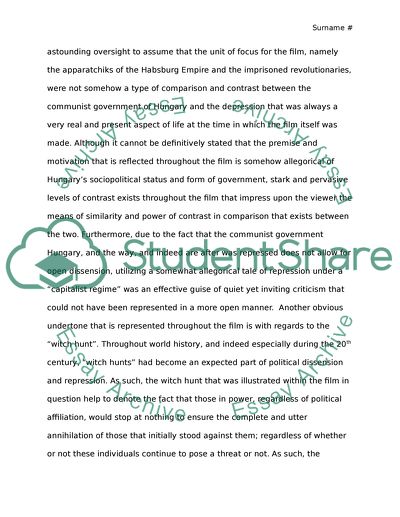Cite this document
(“English paper Essay Example | Topics and Well Written Essays - 1250 words”, n.d.)
Retrieved from https://studentshare.org/english/1641607-english-paper
Retrieved from https://studentshare.org/english/1641607-english-paper
(English Paper Essay Example | Topics and Well Written Essays - 1250 Words)
https://studentshare.org/english/1641607-english-paper.
https://studentshare.org/english/1641607-english-paper.
“English Paper Essay Example | Topics and Well Written Essays - 1250 Words”, n.d. https://studentshare.org/english/1641607-english-paper.


